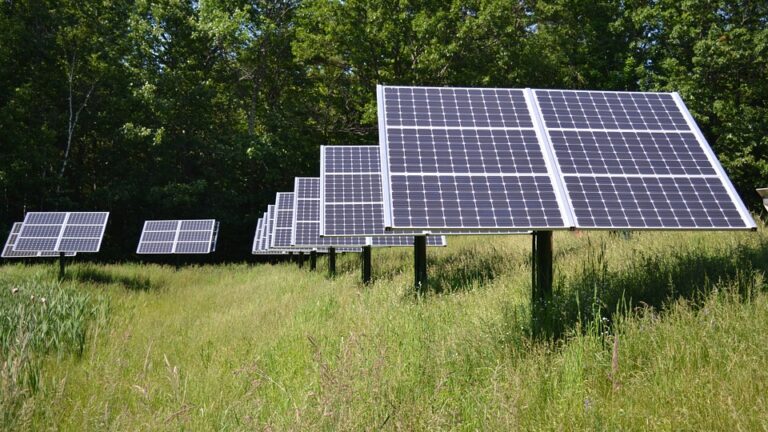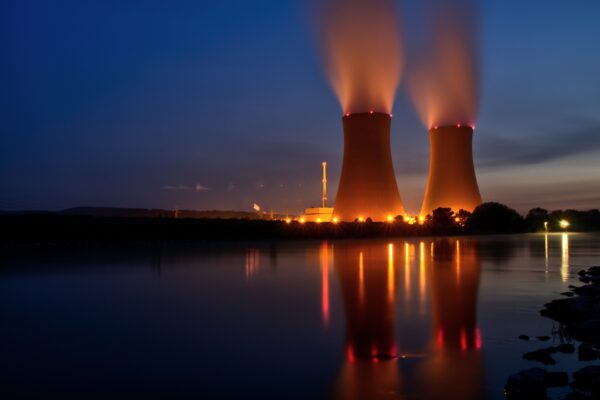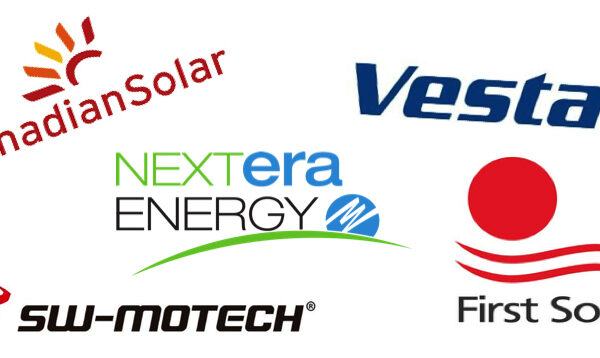A worldwide movement has already begun for finding long-term solutions for climate change. The Paris Agreement, which was signed in 2006, was made official by more than 180 countries. It set a goal of keeping the increase in global average temperature below 2-Degree Celsius. The agreement recognized that this would go a long way towards reducing the risks of global warming.
One cannot ignore the fact that power consumption will continue to increase. It is mainly due to the global demand for energy, coming from industrialized as well as developing nations. If the recent reports are to be believed, nuclear power has become more expensive than solar power. The calculation was made on the basis of installed cost per unit of the capacity of power generation.
Nuclear Energy vs Solar Energy
Nuclear energy is generated by splitting uranium atoms. Upon splitting the atom, two smaller and lighter atoms are formed. The ‘lost’ mass is then transformed into heat used for the production of electricity. A controlled environment is provided for this process by the nuclear power plants.
Large-scale ecological devastation was caused by accidents at the nuclear power plants of Chernobyl and Fukushima. Otherwise, nuclear power is considered to be relatively environment-friendly and produces fewer emissions. However, nuclear energy relies heavily on uranium mined from the earth and is therefore not sustainable.
Solar energy is a sustainable source of energy and can provide a stable power supply during the year. It uses photovoltaic modules or solar panels, which utilize the light energy from the sun to generate electricity.
How solar energy can gradually replace nuclear energy
As solar technology advances further, generating power using sunlight will become much more cost-effective. Architects will integrate solar power into the building designs. Hot water systems run by solar energy will be far more economical as compared to the conventional systems.
The cost of one watt of solar power was over $75 in the late 1970s. It dropped to about $0.60 in 2014. This proves that today’s solar power projects are far more cost-effective. Industry experts have predicted that 50% of the world’s power supply would come from sustainable resources by 2040.
They have also said that millions of households worldwide would use solar energy in the next few years. This prediction is based on the current usage of solar power in the US and Japan. Germany, China, and Japan also provide financial incentives for those who implement such systems. This has made these countries world leaders in solar deployment.
For planet earth, the sun has always been a reliable source of abundant energy. Today, technologies are available for utilizing solar energy for a variety of purposes. Supply of hot water to households and producing steam for turbines generating energy are two of the best examples.
By now, the entire world has understood the fact that nuclear energy is not sustainable. The only reliable sources of energy are the ones that are sustainable, such as the wind and the sun. At the moment, the cost of producing nuclear power is becoming a cause of concern.
Under such circumstances, the best alternative is solar energy. As long as the costs involved in producing solar power continue to decrease, there is hope. One cannot rule out the possibility of it replacing nuclear power in the near future.








